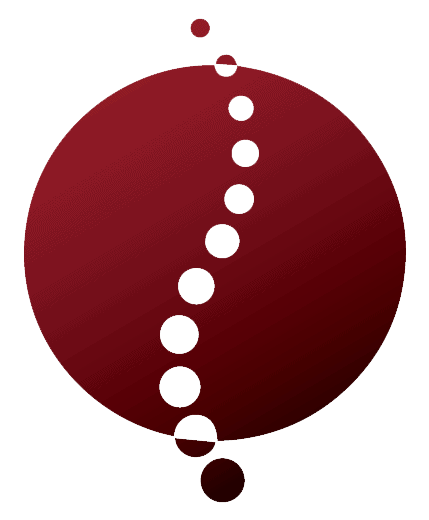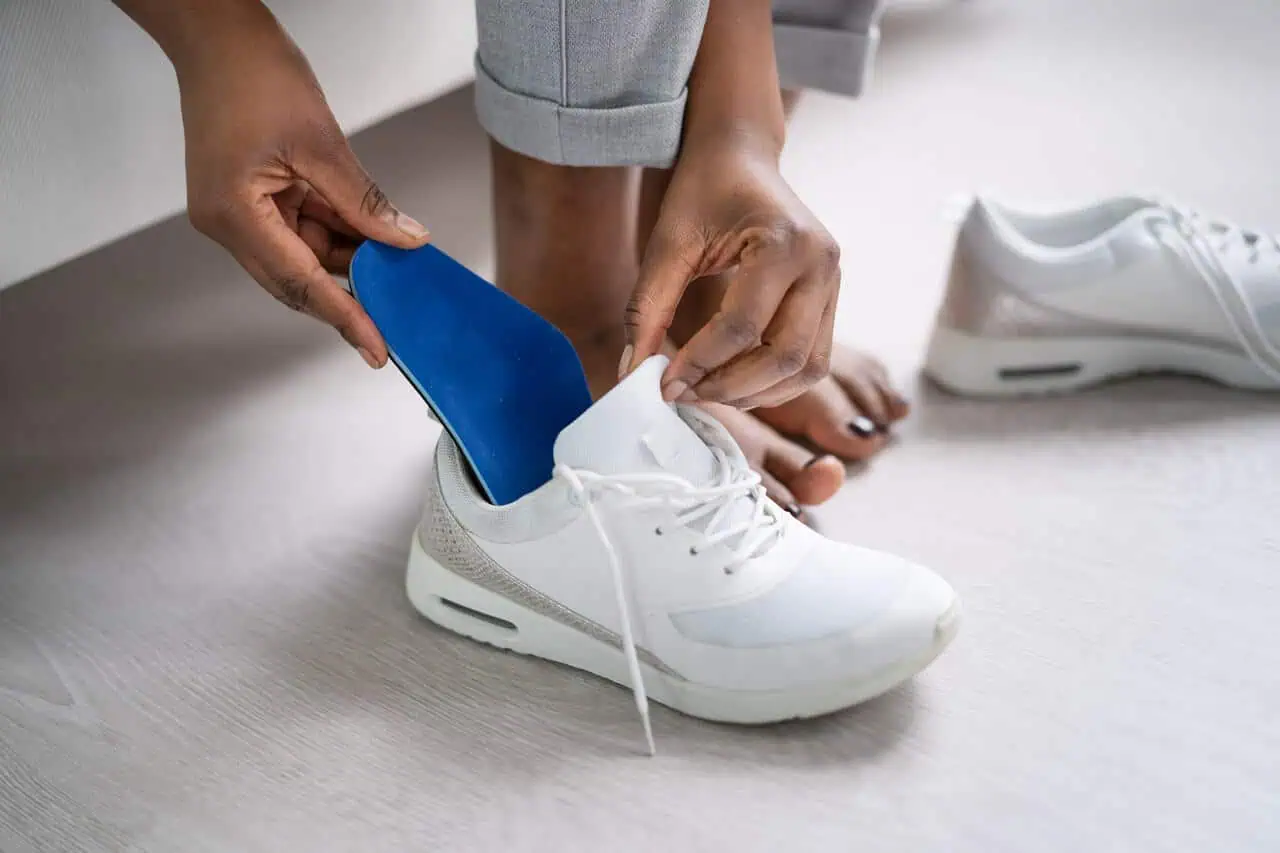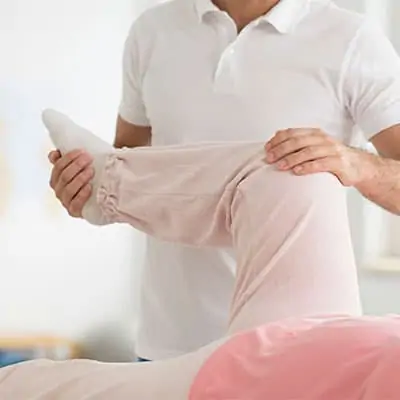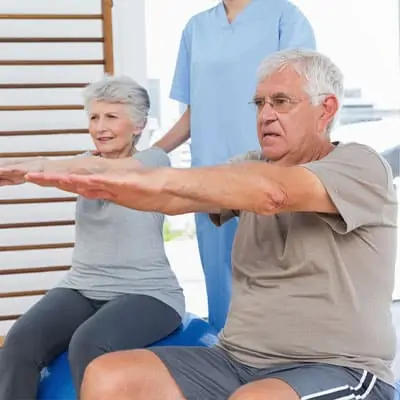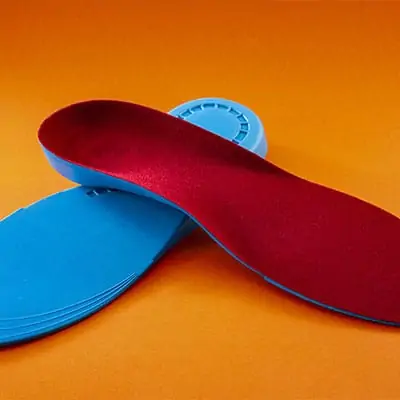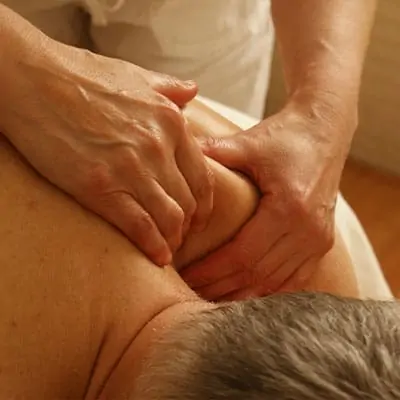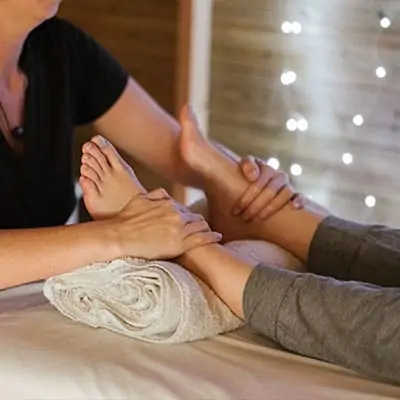Understanding Custom Orthotics for Bunions
What are Bunions?
Bunions are bony protrusions that commonly develop at the base of the big toe. They occur when the big toe leans toward the second toe, causing a misalignment in the foot structure. This condition can lead to pain, swelling, and difficulty in finding comfortable footwear. Bunions can affect anyone, but certain factors such as genetics, footwear choices, and foot structure can increase the likelihood of developing this deformity.
How Custom Orthotics Help with Bunions
Custom orthotics are specially designed foot supports that aim to alleviate the discomfort caused by bunions. These orthotics are tailored to fit the unique shape of an individual’s foot, providing precise support right where it is needed. By redistributing pressure away from the bunion and improving overall foot alignment, custom orthotics can significantly reduce pain and improve mobility.
| Benefit of Custom Orthotics | Description |
|---|---|
| Pain Relief | Custom orthotics cushion the bunion, reducing pain during movement. |
| Proper Alignment | They help realign the foot, alleviating strain on the toe joint. |
| Supportive Structure | Orthotics provide the necessary support to prevent further deformities. |
For more information on how these devices work, visit our article on how custom orthotics work.
Importance of Proper Foot Support
Proper foot support is essential for maintaining overall foot health, especially for those suffering from bunions. Without adequate support, feet may endure excessive strain, leading to further complications such as joint pain and additional deformities. Custom orthotics can be an effective tool for ensuring that your feet receive the necessary support, allowing you to remain active and comfortable in your daily life.
If you are curious about the different advantages of custom orthotics, check out our article on benefits of custom orthotics.
Evaluating Custom Orthotics
When we consider custom orthotics for bunions, understanding the evaluation process is essential. This includes how these devices are tailored, the materials used, and their distinctions from over-the-counter options.
Customization Process
The creation of custom orthotics begins with a thorough assessment by a qualified professional. This typically involves several steps:
- Foot Examination: We assess the shape and structure of the foot, noting conditions like bunions and other deformities.
- Foot Impressions: Depending on the practitioner’s method, we may take impressions of the feet using foam, plaster, or digital scanners.
- Gait Analysis: Observing how we walk helps identify any abnormalities in our movement patterns.
- Prescription: Based on the examination results, a tailored design will be developed to meet our specific needs.
| Step | Description |
|---|---|
| Foot Examination | Detailed look at foot structure |
| Foot Impressions | In-person or digital impressions taken |
| Gait Analysis | Evaluation of walking patterns |
| Prescription | Custom design created for individual needs |
For additional information on how these devices function, visit our article on how custom orthotics work.
Materials Used in Custom Orthotics
The materials selected for custom orthotics play a crucial role in their effectiveness and comfort. Typical materials include:
- EVA Foam: Lightweight and cushioned, this material provides support while absorbing shock.
- Polypropylene: A sturdy plastic that offers excellent arch support and maintains shape.
- Carbon Fiber: Used for its durability and lightness, making it ideal for active individuals.
- Gel Inserts: Often combined with other materials, gel provides additional cushioning.
| Material | Features |
|---|---|
| EVA Foam | Lightweight, shock-absorbing |
| Polypropylene | Sturdy, shape-retaining |
| Carbon Fiber | Lightweight, durable |
| Gel Inserts | Cushioned, comfortable |
Understanding these materials is vital when evaluating custom orthotics. For specific needs, such as flat feet or high arches, we can explore options like custom orthotics for flat feet or custom orthotics for high arches.
How Custom Orthotics Differ from Over-the-Counter Options
Custom orthotics provide significant advantages over generic, over-the-counter options. These differences include:
- Personalization: Custom orthotics are designed based on individual foot shape, gait, and specific medical conditions.
- Quality of Materials: Custom devices typically utilize higher-quality materials than many OTC options, leading to better comfort and durability.
- Effectiveness: They are often more effective in addressing specific foot problems, such as pain relief for bunions.
| Feature | Custom Orthotics | Over-the-Counter Orthotics |
|---|---|---|
| Personalization | Yes | No |
| Quality of Materials | Higher quality | Varied |
| Effectiveness | Targeted relief | General support |
For those unsure if custom orthotics are necessary, we recommend checking out our article on signs you need custom orthotics.
By understanding the evaluation process, materials, and comparisons, we can make informed decisions regarding our custom orthotics for bunions.
Benefits of Custom Orthotics for Bunions
Custom orthotics offer numerous advantages for individuals dealing with bunions. We understand that managing this condition is crucial for maintaining comfort and mobility. Below are the primary benefits:
Pain Relief
One of the most significant benefits of custom orthotics for bunions is pain relief. These orthotics are specifically designed to redistribute pressure across the foot, alleviating discomfort associated with bunions. By using custom-made inserts, we can provide targeted support that accommodates the unique shape of each foot.
| Type of Pain Relief | Description |
|---|---|
| Redistribution of Pressure | Alleviates pressure on the bunion joint. |
| Soft Cushioning | Provides extra padding for the foot, enhancing comfort. |
| Shock Absorption | Reduces impact on the feet during walking or running. |
Improved Alignment
Custom orthotics help improve foot alignment, which is vital when managing bunions. Proper alignment reduces strain on the joints and promotes a more natural walking pattern. Our custom orthotics are formulated to guide the foot into its optimal alignment, reducing the risk of additional foot problems.
| Alignment Benefits | Description |
|---|---|
| Joint Health | Decreases stress on joints by aligning the foot properly. |
| Enhanced Stability | Improves balance and steadiness while walking. |
| Prevention of Misalignment | Addresses overpronation or underpronation associated with bunions. |
Preventing Further Foot Deformities
Using custom orthotics can also prevent further foot deformities. By ensuring the foot is properly supported, we can minimize the risk of developing additional issues such as hammertoes, calluses, or worsening bunion deformities. Taking proactive measures is essential for long-term foot health.
| Prevention Benefits | Description |
|---|---|
| Stops Deformity Progression | Halts the development of more severe bunion issues. |
| Reduces Risk of Complications | Lessens the chance of secondary foot conditions. |
| Encourages Healthy Foot Mechanics | Promotes better biomechanics in daily activities. |
Custom orthotics for bunions provide substantial benefits, enhancing our overall foot health and well-being. For more detailed insights into their advantages, please visit our article on benefits of custom orthotics. Understanding how custom orthotics function can further clarify their role, so check our piece on how custom orthotics work for more information.
Considerations Before Getting Custom Orthotics
Before we proceed with obtaining custom orthotics, there are several important factors to consider. Understanding these aspects can help us make informed decisions about our foot health.
Consultation with a Podiatrist
The first step in our journey towards custom orthotics is scheduling a consultation with a qualified podiatrist. A medical professional specializing in foot health can evaluate our specific needs and identify any underlying issues that may require attention. During this consultation, we can discuss our symptoms, the severity of bunions, and any other foot-related problems we may be experiencing.
A qualified podiatrist will provide us with personalized recommendations and can guide us through the entire process of obtaining custom orthotics. This initial assessment is crucial for ensuring that our orthotics are tailored to our unique foot structure.
Proper Foot Assessment
Once we have consulted with a podiatrist, a thorough foot assessment is necessary. This assessment typically involves examining the shape and alignment of our feet, as well as our overall gait. The podiatrist may take impressions or digital scans of our feet to ensure a precise fit for our custom orthotics.
A foot assessment may include the following components:
| Assessment Type | Purpose |
|---|---|
| Visual Examination | Identify deformities and wear patterns |
| Pressure Mapping | Assess pressure distribution across the foot |
| Gait Analysis | Observe walking and running mechanics |
| Range of Motion Tests | Evaluate flexibility and movement |
Assessing our feet in detail allows the podiatrist to pinpoint specific areas that require support and alignment correction.
Realistic Expectations
When considering custom orthotics, we should maintain realistic expectations about what they can achieve. While orthotics can provide significant relief and support, they may not completely eliminate foot pain or correct all deformities. We need to understand that improvement may take time and may vary from person to person.
It is essential to recognize the role that holistic foot care plays alongside custom orthotics. Engaging in stretches, strengthening exercises, and making proactive lifestyle choices can further enhance the effectiveness of our orthotics. For more information on these benefits, feel free to read our article on the benefits of custom orthotics.
By taking these considerations into account, we can set ourselves up for a more successful experience with custom orthotics for bunions. Consulting professionals, having thorough assessments, and maintaining realistic expectations can lead to better outcomes in managing our foot health.
Caring for Custom Orthotics
Caring for our custom orthotics is essential to ensure they remain effective and comfortable over time. Proper maintenance, timely replacements, and maximizing their lifespan will help us achieve the best results from our orthotics.
Cleaning and Maintenance
Regular cleaning of our custom orthotics is crucial to keep them in good condition. Depending on the materials used, we should follow specific cleaning guidelines. Below is a basic maintenance table:
| Material | Cleaning Method | Recommended Frequency |
|---|---|---|
| Foam | Wipe with a damp cloth | Weekly |
| Plastic/Fiberglass | Wipe with a disinfectant wipe | Monthly |
| Leather | Use a leather cleaner | Bi-weekly |
We should avoid soaking or submerging our orthotics in water as this can damage them. Additionally, allowing them to air dry completely after cleaning will help maintain their structure and ensure they remain odor-free.
Replacements and Adjustments
As we use our orthotics, wear and tear may occur, necessitating replacements or adjustments. The lifespan of custom orthotics often averages 1 to 3 years, depending on usage and care. Here are some signs indicating that we might need to consider replacements:
| Sign of Wear | Action Recommended |
|---|---|
| Visible damage or cracks | Replace orthotics |
| Decreased comfort | Assess for adjustments |
| Odor that persists after cleaning | Consider replacement |
We should consult our podiatrist for assessments, especially if we notice any discomfort or changes in foot health. Regular check-ups can help us keep our orthotics in optimal condition.
Maximizing the Lifespan of Your Orthotics
To maximize the lifespan of our custom orthotics, we can follow these simple guidelines:
- Use as Recommended: Wearing them only as instructed will prevent unnecessary wear.
- Rotate Footwear: Alternating between different pairs of shoes helps reduce strain on our orthotics.
- Store Properly: When not in use, keep them in a cool, dry place to avoid warping.
- Monitor for Changes: Pay attention to any changes in comfort or foot pain, and consult with a professional if needed.
For those interested in understanding more about the advantages of using custom orthotics, feel free to explore our article on the benefits of custom orthotics. Additionally, if you’re comparing options, check out our content on custom orthotics vs insoles to see what best suits your needs.
